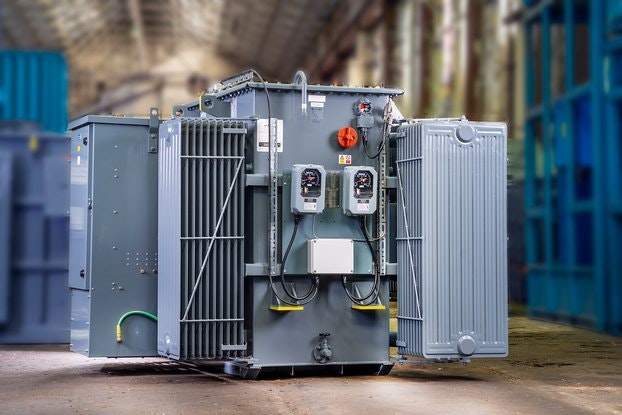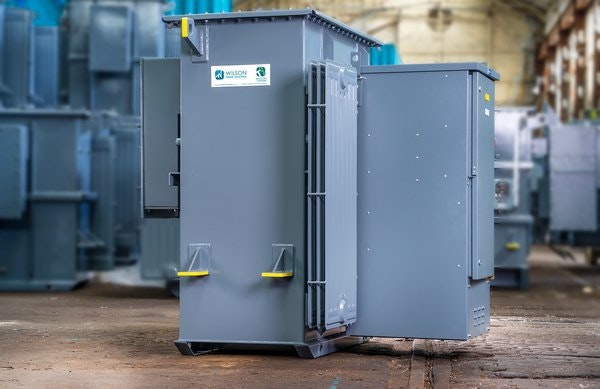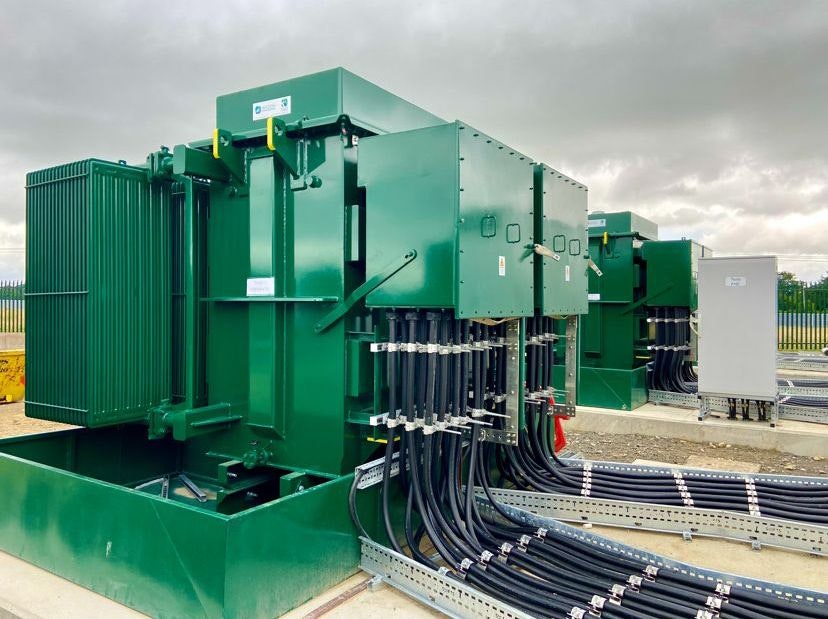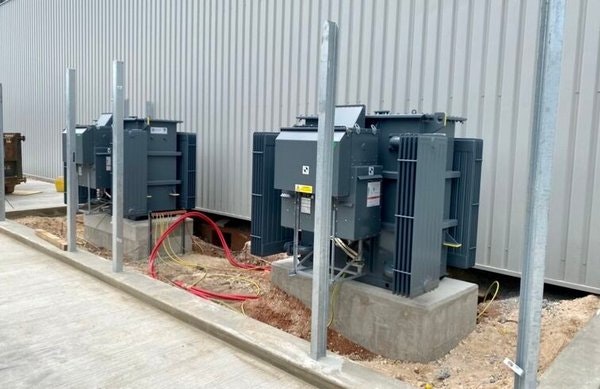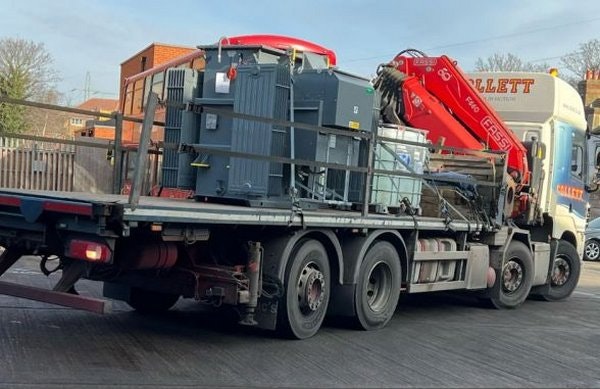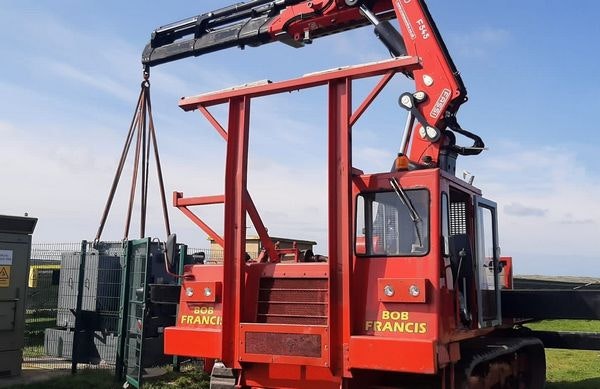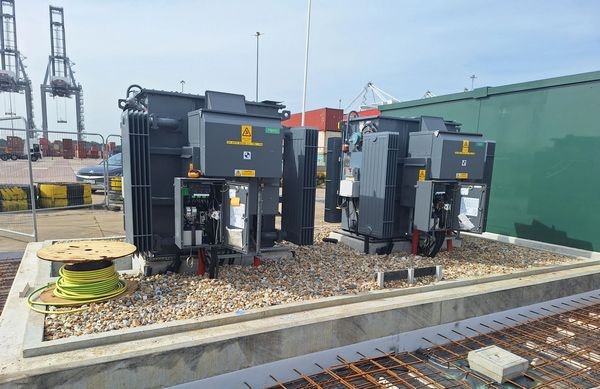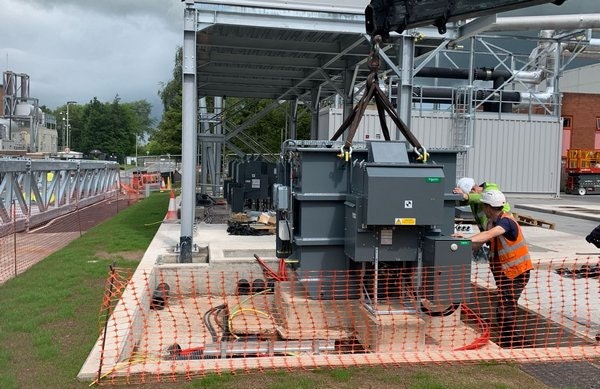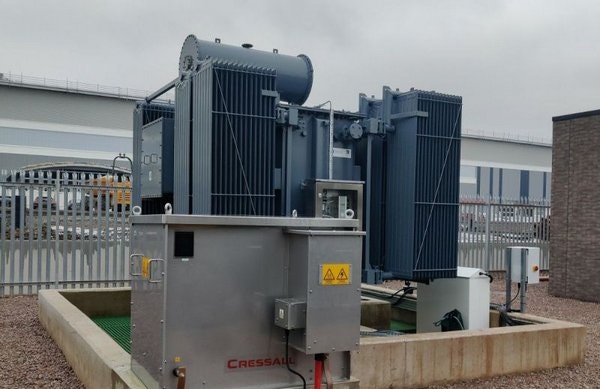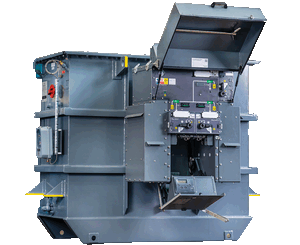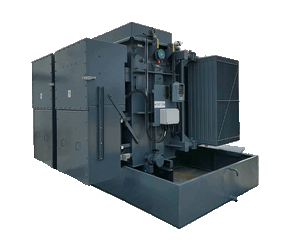CRGO metal core
FEATURES & BENEFITS
Expertly designed, reliably built
Tier 2 Ecodesign compliant
Liquid-immersed (ONAN or KNAN)
Lower CapEx
Number of ancillaries available
Standard stock available on shorter lead time
Unit Type design available (HV & LV on the same side)
Large distribution transformers for BESS are available (up to 5MVA with dual LV)
Product Information & GA Drawings
Select Transformer Rating for Product Info
View full product information including specifications, ancillaries, data sheets and GA Drawings. Please select the power rating of the suitable transformer.
Select Power Rating:
Projects
Enabling MV distribution connections
Related Products

We're here to help
If you need further information or additional product details, talk to one of our regional sales managers today.


